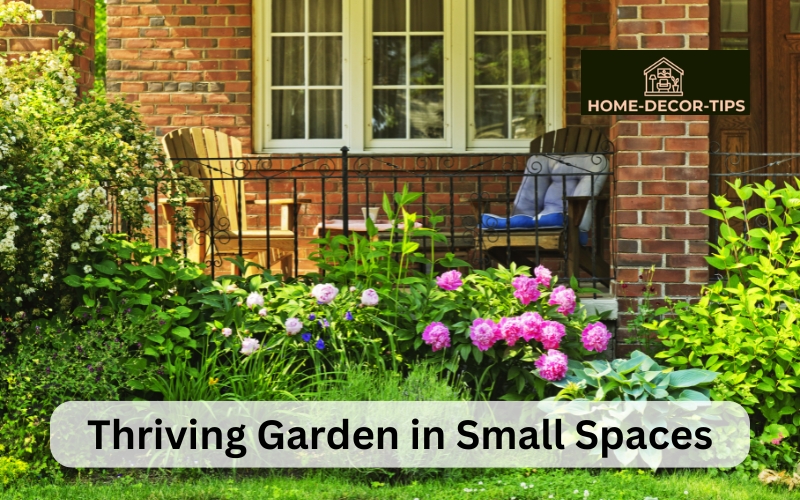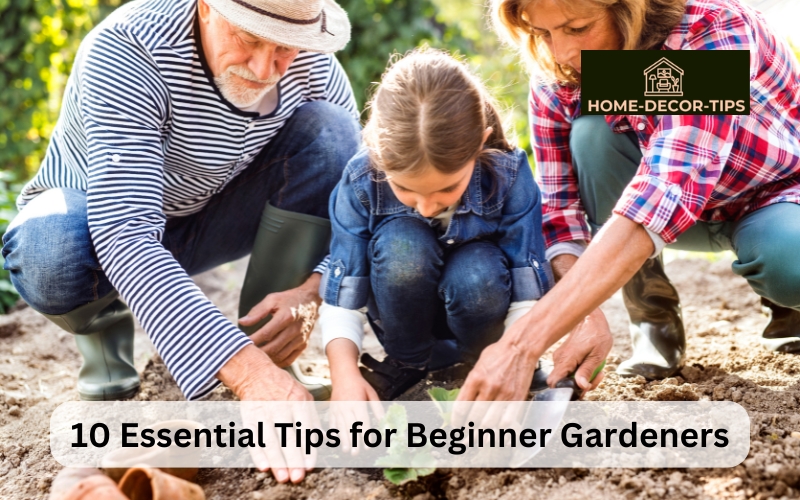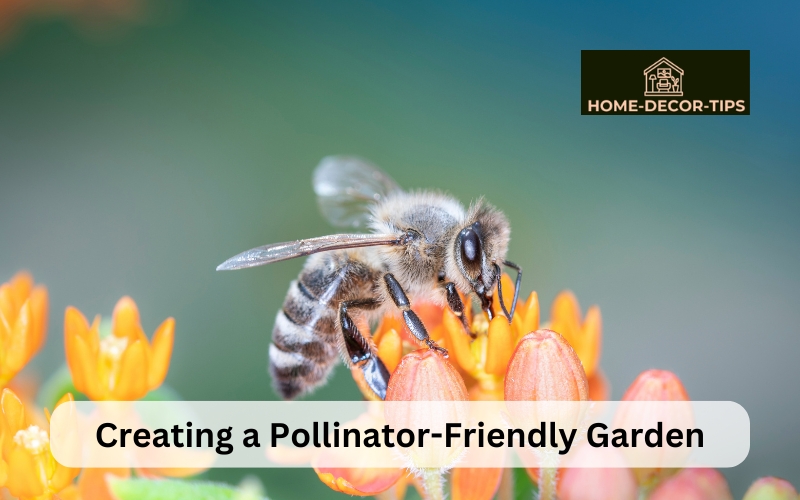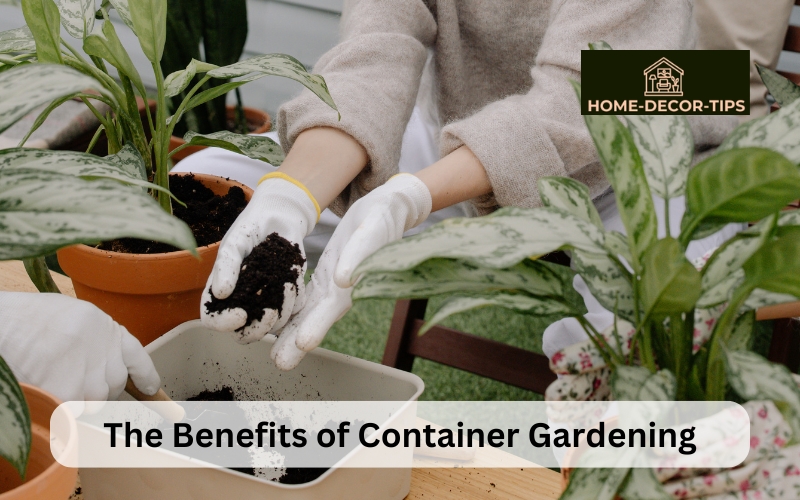Tips for Growing a Thriving Garden in Small Spaces

Having limited outdoor space doesn’t mean you have to forgot the joys of gardening. With some creativity, strategic planning, and the right techniques, it’s possible to cultivate a thriving garden even in the smallest of spaces. Whether you have a tiny balcony, a postage-stamp-sized yard, or a compact urban apartment, here are some tips to help you make the most of your space and grow a lush and abundant garden:
Choose the Right Plants:
When space is limited, it’s essential to select plants that are well-suited to small-scale gardening. Opt for compact varieties of vegetables, herbs, and flowers that are specifically bred for container gardening or small spaces. Look for dwarf or patio-sized varieties of tomatoes, peppers, lettuce, and herbs that can thrive in pots, hanging baskets, or vertical planters. Additionally, consider growing vertical climbers such as beans, peas, cucumbers, or vining flowers to maximize vertical space and increase yield.
Maximize Vertical Space:
Vertical gardening is a game-changer for small-space gardeners, allowing you to grow more plants in less square footage. Utilize walls, fences, trellises, and hanging structures to create vertical gardens and maximize growing space. Install wall-mounted planters, hanging baskets, or tiered shelving units to grow herbs, salad greens, strawberries, and flowers vertically. Vertical gardening not only saves space but also adds visual interest and creates a lush green backdrop for your outdoor oasis.
Use Containers Wisely:
Containers are a versatile and efficient way to grow a garden in small spaces, allowing you to garden virtually anywhere, from balconies and patios to windowsills and doorsteps. Choose containers of various sizes, shapes, and materials, including pots, planters, troughs, and hanging baskets, to accommodate different types of plants and maximize available space. Ensure that containers have adequate drainage holes and use high-quality potting mix to provide plants with essential nutrients and good drainage.
Practice Succession Planting:
Succession planting involves sowing seeds or planting seedlings in intervals to ensure a continuous harvest throughout the growing season. Instead of planting all your crops at once, stagger planting times to extend the harvest and make the most of limited space. As soon as one crop is harvested, replant the space with a quick-maturing or cool-season crop to keep your garden productive year-round. Succession planting not only maximizes space but also minimizes waste and ensures a steady supply of fresh produce.
Grow Edible Ornamentals:
Incorporating edible ornamentals into your garden design is a smart way to add beauty and functionality to small outdoor spaces. Choose ornamental plants that produce edible flowers, fruits, or foliage, such as nasturtiums, pansies, calendula, or ornamental peppers. These dual-purpose plants not only provide visual appeal but also yield edible harvests that can be used to garnish salads, decorate desserts, or infuse beverages. By combining aesthetics with practicality, you can create a stunning and productive garden in even the tiniest of spaces.
Optimize Sunlight and Watering:
Pay attention to sunlight exposure and watering needs when planning and caring for your small-space garden. Place sun-loving plants in areas that receive adequate sunlight throughout the day, and provide shade or protection for heat-sensitive plants during the hottest hours. Use self-watering containers, drip irrigation systems, or watering globes to ensure consistent moisture levels and minimize water waste. Additionally, consider grouping plants with similar water and sunlight requirements together to simplify watering and maintenance tasks.
Embrace Vertical Hydroponics:
Hydroponic gardening offers a space-efficient and water-saving alternative to traditional soil-based gardening, making it ideal for small-space environments. Vertical hydroponic systems, such as tower gardens or vertical growing racks, allow you to grow a wide variety of herbs, greens, and vegetables without soil, using nutrient-rich water instead. These systems take advantage of vertical space and require minimal maintenance, making them perfect for urban dwellers or anyone with limited outdoor space.
Practice Companion Planting:
Companion planting involves growing different plants together to maximize space, improve soil health, and deter pests naturally. Choose companion plants that complement each other in terms of growth habits, nutrient requirements, and pest-repellent properties. For example, interplant aromatic herbs such as basil, rosemary, or lavender among your vegetables to repel pests and attract beneficial insects. Companion planting not only maximizes space but also promotes biodiversity and enhances overall garden health.
By implementing these tips and techniques, you can transform even the smallest outdoor space into a lush and productive garden oasis. Whether you’re growing vegetables, herbs, flowers, or a combination of all three, thoughtful planning, creativity, and a little ingenuity can help you achieve gardening success in any small space. With a bit of patience, care, and dedication, you’ll be rewarded with a bountiful harvest and a beautiful outdoor sanctuary to enjoy throughout the growing season.







